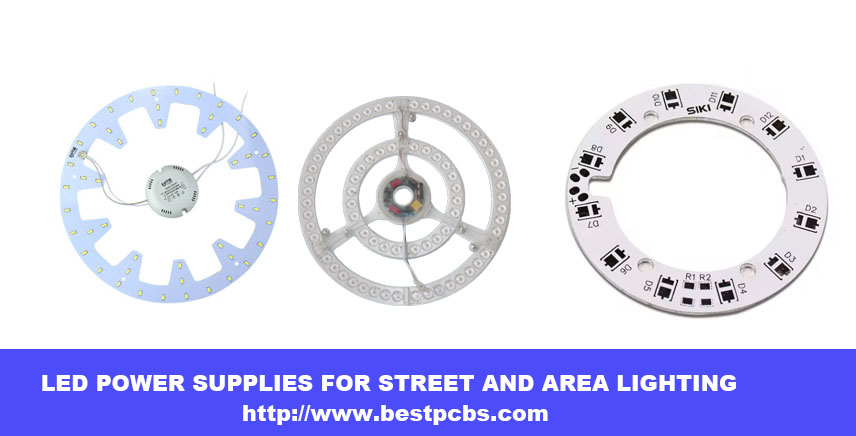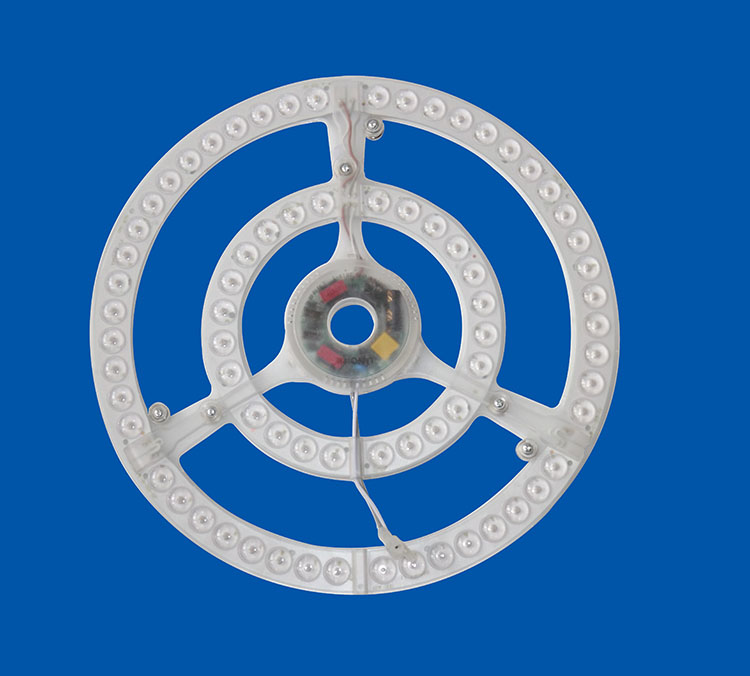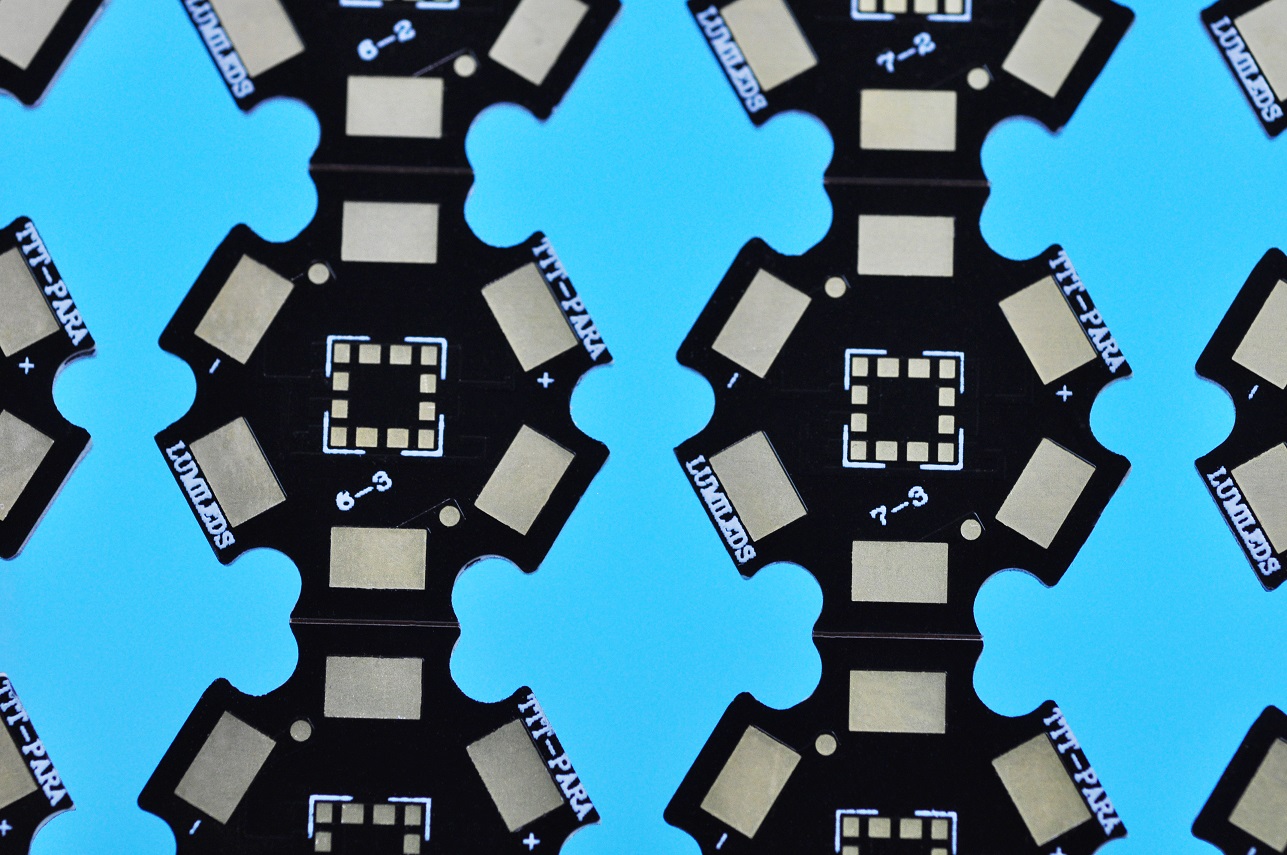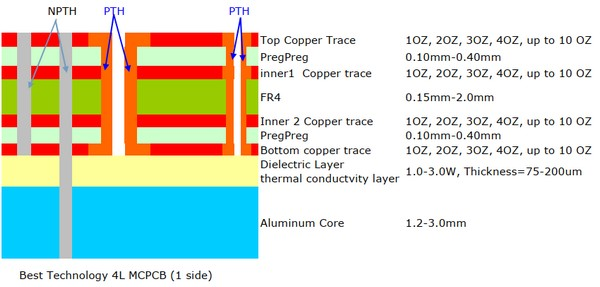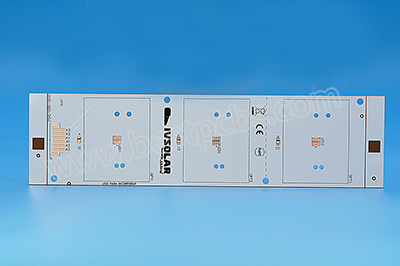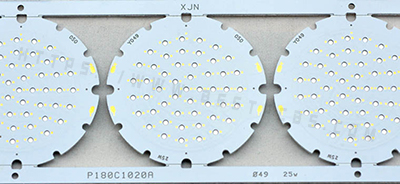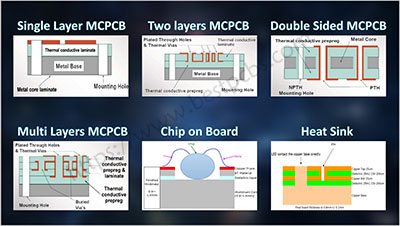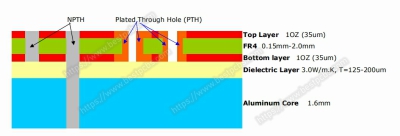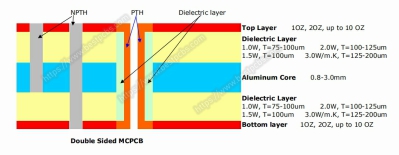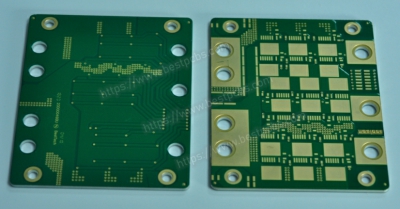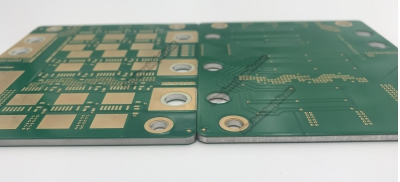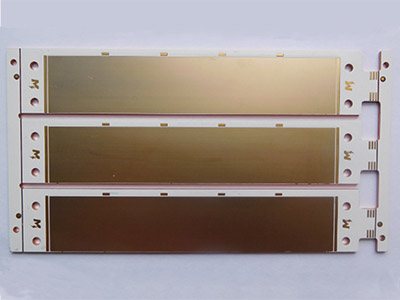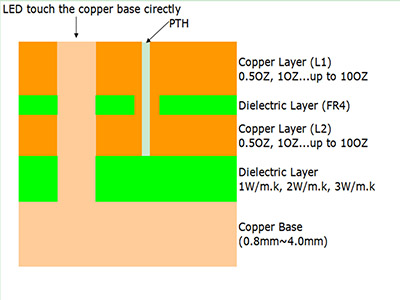A 5.1 amplifier board is a sound amplifier that can expand the current and voltage of an audio signal to make the sound louder. In addition, a 5.1 amplifier board also has a multi-channel processing function, which can output audio signals through multiple channels to enhance the sound field effect, making listening to music, watching movies, etc. more three-dimensional and realistic.
Compared with traditional 0 and 1 amplifiers, in addition to being able to connect two front speakers and two rear speakers, a 5.1 amplifier board can also connect a center speaker and a subwoofer, making the bass of music or movies more prominent and the sound deeper.
5.1 amplifiers are widely used in home theater systems. By combining with projectors, TVs and other equipment, a theater environment with excellent audio-visual effects can be created. In addition, for music lovers, a 5.1 amplifier board is also an indispensable device that can not only maximize the effect of music, but also allow people to experience the charm of music in an immersive way.
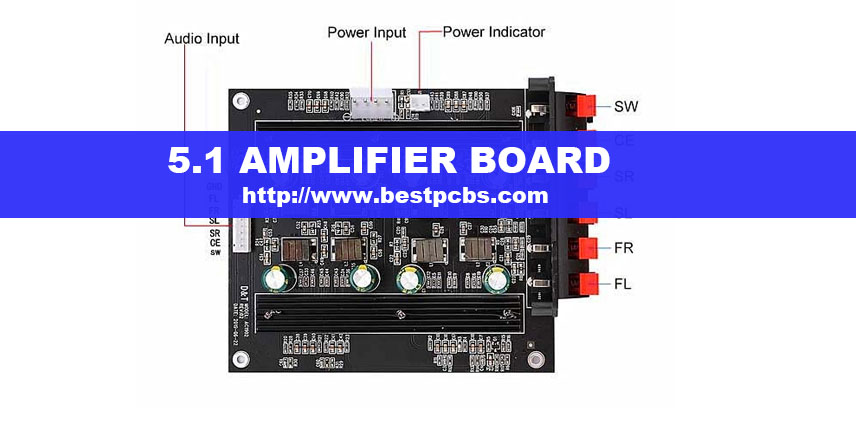
5.1 Basic parameters of the amplifier board
Working mode: Class D
Quiescent current: 50mA
Working efficiency: 90%
Rated output power: 2200W+400W Frequency response: 20Hz to 20KHz Working voltage: DC24V-42V( Recommended voltage: DC42V Maximum output current: 10A PCB size: 114109MM
Potentiometer center distance: 21.5MM 21.5MM 21.5MM from left to right
Original TPA3223 is used
TPA3223 2.1 Digital Bluetooth 5.1 3034 Amplifier Board
1.The front input capacitor and interstage coupling capacitor use ELNA BP capacitor 10UF, the electrolytic capacitor signal main circuit uses Taiwan famous brand, and the main filter capacitor uses imported electrolytic capacitor 1000UF , ensuring strong and continuous power support.
2.The resistors are made of high-precision chip resistors, and the main circuit uses a five-ring metal film resistor with an accuracy of ±1%, which ensures a good signal-to-noise ratio for the whole machine.
3.The PCB uses a 1.6mm thick double-sided board, 2.0 ounces of copper thickness, and a full tin-spraying process to ensure good passing performance of large and small currents.
4.The fully enclosed dust-proof potentiometer is used, which has more stable performance and is more durable than ordinary potentiometers.
5.The red-gray ring high-current inductor and the fully shielded audio-specific output inductor are used to ensure a crisp and powerful sound.
The Bluetooth uses Qualcomm QCC3034 5.1 version Bluetooth module
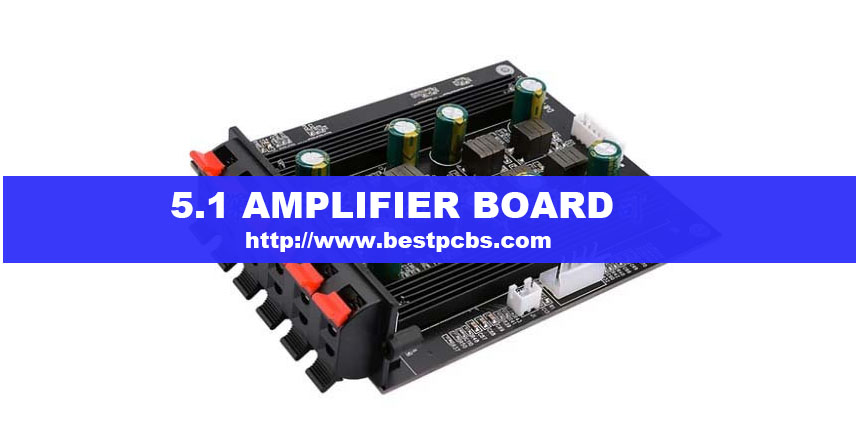
5.1 amplifier board of working principle
- The core function of the amplifier board is to increase the amplification factor of the signal while protecting the circuit from damage. The amplifier board is usually used for isolation and current amplification between the programmable logic controller (PLC) and the input device or output device to improve the load capacity of the PLC and protect the PLC from faults such as overvoltage, overload, and load short circuit.
- The working principle of the amplifier board is based on the amplifier circuit, using electronic components with amplification characteristics, such as transistors. When the tiny current at the input end changes, a large current change will occur at the output end, and the change at the output end is several to hundreds of times greater than the change at the input end. The characteristic of this amplifier circuit is that only one potential point is amplified, and the other potential point is grounded by default. In addition, the integrated circuit (IC) is also an important part of the amplifier board. It integrates many transistors, resistors, capacitors and other components on a small piece of semiconductor silicon single crystal, and uses isolation technology to insulate them from each other in electrical properties, thereby realizing signal amplification and processing.
For example, an analog signal amplifier board can connect multiple sensors, collect differential signals and amplify them to the required multiples through an amplifier circuit. The board can work normally in the temperature range of -15â to 70â, and the humidity can reach 90%, which is suitable for various harsh environments. This amplifier board is widely used in industrial automation, smart home, medical equipment and other fields to ensure stable signal transmission and processing
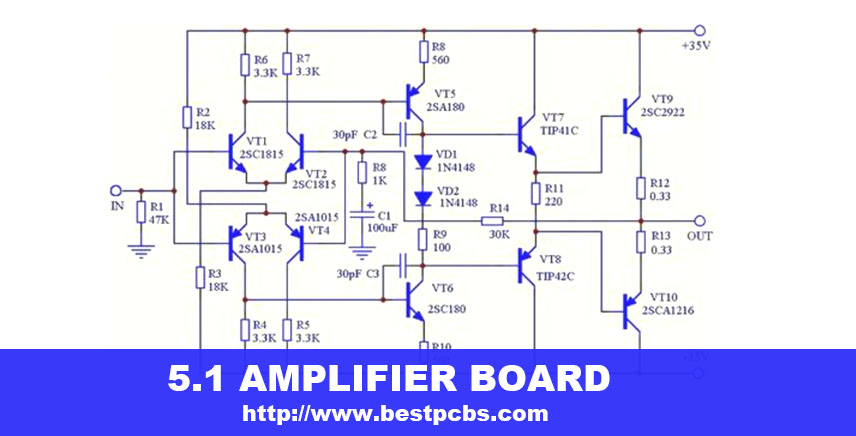
The role of the amplifier board
The main functions of the amplifier board:
- This is because some process control equipment such as proportional valves can only receive analog voltage or current signals. Therefore, in order to ensure that these devices can correctly receive and respond to the signals sent by the PLC, an intermediate amplification link, namely the amplifier board, is required.
It can properly amplify the signal output by the PLC D/A module to make the proportional valve work normally. - The amplifier board is also called the IO relay board. Its main functions include isolation, current amplification, and providing additional I/O channels. It can improve the load capacity and reliability of the PLC system and prevent the PLC host from being damaged due to overvoltage, overload or load short circuit. â
- The amplifier board is widely used in the field of industrial automation. It can not only improve the load capacity and reliability of the PLC system, but also protect the output or input points of the PLC.
- The amplifier board can save cabinet space, increase installation speed, facilitate maintenance and replacement, and has protection circuits and built-in insurance, which makes it difficult to damage the amplifier board itself and the load.
- The amplifier board can also play the role of amplifying interference, because its input and output are photoelectrically isolated, and the PLC will not be burned out due to high-voltage impact load.
These features make the amplifier board play a vital role in industrial automation systems.
Application of 5.1 amplifier board
5.1 channel amplifiers are mainly used in home theater systems to provide surround sound audio output and an immersive listening experience for the audience. â
5.1 channel amplifiers are an indispensable component of home theater systems. They can provide five full-band channels and one low-frequency effect channel. Through carefully designed audio processing, the audience can feel the sound from different directions, thereby enhancing the immersion of movies or concerts.
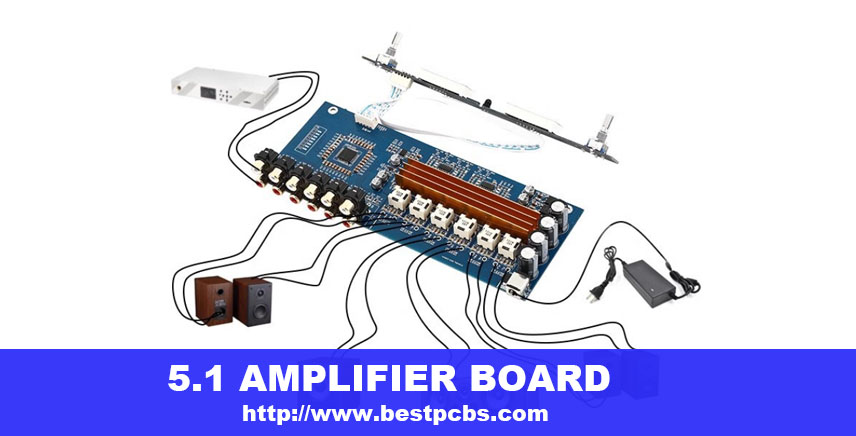
In addition to home theater applications, 5.1 channel amplifiers are also suitable for professional audio systems, such as conference rooms, performance venues, etc., where high-quality audio output is required. âIn these occasions, 5.1 channel amplifiers can ensure stable signal transmission and high-quality restoration to meet professional-level audio needs. â
In short, the 5.1 channel amplifier board provides multi-channel audio output, bringing a more realistic and three-dimensional sound experience to viewers or listeners, playing an important role in both home entertainment and professional applications.
FAQs About 5.1 amplifier board
Does the 5.1 amplifier front panel consist of 6 front panels?
- A true 5.1 should have 6 input interfaces (marked as: 5.1IN) and 6 speakers including a subwoofer.
- 5.1 is an independent 6-channel amplification and 6-channel speaker restoration, and of course an independent 5.1-channel sound source is required.
- The 5.1 speaker requires the amplifier to have an independent 6-channel amplifier. Virtual ring. Winding into multiple channels
How many power amplifiers are there in a 5.1 channel amplifier?
Two situations, the first is 5.1 full-channel power amplification, that is, 6 channels, but in this case the power of the bass channel is small, which can drive 6~8-inch bass, but it can’t drive large ones.
The second is 5-channel power amplification, except for the bass channel, the other channels are power amplified, the bass channel only provides a level signal, and the signal enters the active subwoofer amplifier board to drive the subwoofer, which is more common.
Can the 5.1 channel amplifier board use dual DC?
- Ordinary transistor power amplifiers use DC. What do you mean by “using dual DC power”? Does it mean using a backup power supply? ⦠Using a backup power supply is completely possible.
- In addition, there are power amplifiers that are powered by [positive and negative symmetrical power supplies]. Such power amplifiers must use DC positive and negative symmetrical power supplies.
Can I make a 5.1 with two 2.1 amplifier boards?
One of them is used for 2.1 (the analog subwoofer circuit is removed as bass amplification), and the other is used for surround channels (remove the subwoofer circuit and change to center). After merging, it is 5.1. The 6 amplification channels must be connected to the 5.1 decoding output.
Can a 5.1 pre-stage board be used with a 2.0 amplifier?
It can definitely be used. The pre-stage board only plays the role of audio adjustment and does not perform power amplification. The input audio signal can be connected to the amplifier after being adjusted and output by the pre-stage board. For the 5.1 channel, just select 2 of the output signals.



